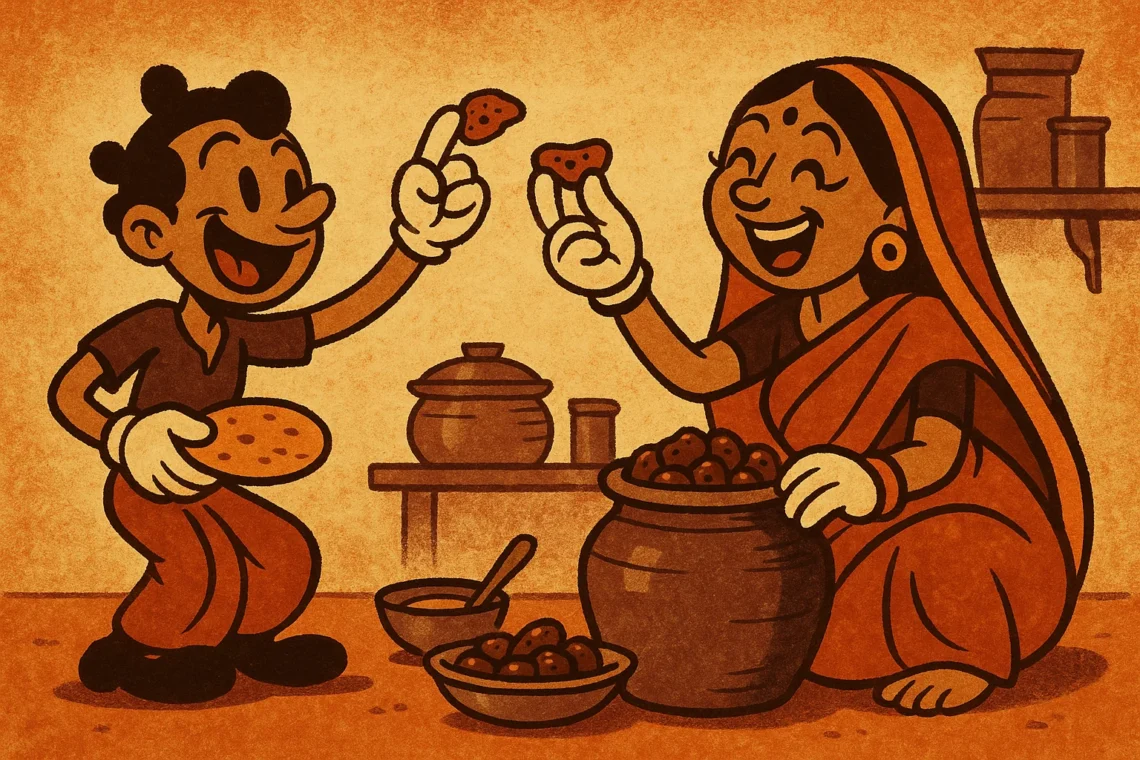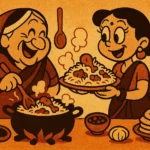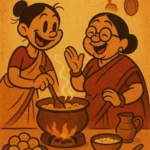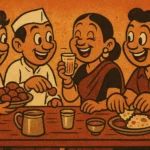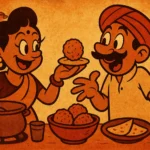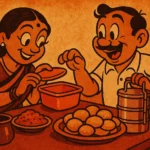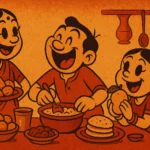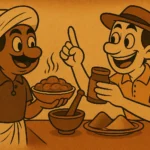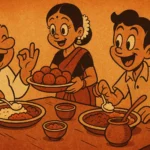There are lessons in life you don’t expect to learn from someone who isn’t family. And yet, sometimes, it’s the non-family humans who teach us the most unexpected things. Take my flatmate, for example. When I moved to Austin from Mumbai, I didn’t expect to bond with anyone over something as simple as pickle. But somehow, through a series of small, seemingly insignificant moments, he introduced me to a concept I hadn’t realized I needed: pickle hierarchies.
Now, you might be wondering: What in the world is a pickle hierarchy? Is it a metaphor for life, or an actual system of organizing pickles in your fridge? Let me tell you, it’s both. But more than that, it’s a culinary lesson in appreciating the subtle differences that food—simple, everyday food—can offer. So, let me take you through my crash course in pickle hierarchies and what it taught me about life, food, and unexpected connections.
The Great Pickle Discovery
It all started when my flatmate, who’s originally from the South of India, offered me a jar of homemade mango pickle. I was familiar with mango pickle, of course—I’d grown up eating it at every meal. But there was something about the way he presented it, as though it were a precious treasure, that caught my attention. “This,” he said, “is not just any pickle. This is the *real* stuff.”
Now, I had never thought of pickle as a status symbol before. In my family, we just had a jar of pickle in the kitchen, and we ate it with whatever we could—dal, rice, even paratha if we were feeling fancy. But as I opened that jar and tasted the first spoonful of his mango pickle, I understood what he meant. The spices were complex, the oil rich and perfectly balanced. It was not just a condiment. It was an experience.
And so began my education in pickle hierarchies. My flatmate explained that there are different “tiers” of pickles, each with its own unique place in the culinary world. There are the everyday pickles—the ones you casually slather onto your plate with dal and rice. Then there are the special pickles—those carefully curated jars that get passed down through families or made only on special occasions. They are revered, and only a select few get to taste them. These pickles, he explained, are what truly define a household’s culinary prowess.
Pickle Etiquette: More Than Just a Jar
It wasn’t just about the quality of the pickles, though. It was about how they were served. In my flatmate’s household, the most cherished pickles were never just spooned onto a plate. No, there was a certain ritual to it. First, you *sniffed* the jar before opening it, as if preparing yourself for the intense burst of flavors you were about to experience. The pickle was then carefully placed on a small plate, never mixed with anything else unless absolutely necessary. It was an art form, really.
At first, I was skeptical. After all, growing up in Mumbai, we had pickles in almost every meal, but they were always the sidekick to the main dish. A simple mango or lime pickle in a bowl next to the food, no ceremony, no fuss. But my flatmate’s approach was different—more thoughtful, almost sacred. And it made me realize that food rituals, especially with something as humble as pickle, are deeply tied to the way we respect our traditions and our connections to food.
In time, I began to understand the hierarchy not just in the types of pickles, but in the way they were consumed. The “everyday pickles” were the ones you could just scoop up and eat without thinking too much about it. But the “special pickles”—the homemade, carefully crafted ones—were reserved for when you were truly ready to savor them. They were meant to be enjoyed slowly, with respect, and with the right kind of meal. You didn’t just pair them with anything; they had to be with the *right* dish. This, I thought, was a revelation: pickles weren’t just about eating; they were about timing, pairing, and appreciating the layers of flavor in every bite.
What Pickles Taught Me About Food and Life
As I spent more time with my flatmate, I realized that these pickle hierarchies were about more than just food—they were about life itself. The special pickles were symbolic of the way we treat the things that matter most: with care, reverence, and mindfulness. They were the metaphorical equivalent of the moments we save for ourselves—those few times when we pause, reflect, and truly savor life’s flavors. On the other hand, the everyday pickles were more akin to the constant hustle and bustle, the small moments that make up our routine, but without the same intensity or reverence.
Food, like life, exists in a delicate balance between the mundane and the extraordinary. Some days, we’re content with the everyday pickles—simple, satisfying, and fulfilling. And other days, we’re ready for the special pickles—the moments that take our breath away, the times when we truly connect with the essence of life. Both have their place, and both are necessary to create a full experience.
What my flatmate taught me was that food isn’t just about sustenance. It’s about the rituals, the respect, and the intentionality behind what we eat. It’s about the meaning we place on every bite, every flavor, and every meal. It’s about knowing that, sometimes, the simplest things can be elevated to the highest tier of importance.
From Pickle Hierarchies to Everyday Lessons
As I now sit in my Austin kitchen, I find myself thinking back to those moments with my flatmate and the pickle hierarchies that once seemed so absurd. What started as a humorous culinary lesson has turned into a profound realization about food, tradition, and life. I’ve learned that even the most seemingly mundane things—like a jar of homemade pickle—can carry with them lessons about care, mindfulness, and the importance of savoring life’s flavors, both big and small.
So, the next time you open a jar of pickle, take a moment to appreciate it. Whether it’s the everyday kind or the special kind, there’s a place for it in your life. And who knows? You might find that even a humble pickle can teach you a thing or two about the balance between savoring the ordinary and celebrating the extraordinary.
Born in Mumbai, now stir-frying feelings in Texas. Writes about food, memory, and the messy magic in between — mostly to stay hungry, sometimes just to stay sane.

